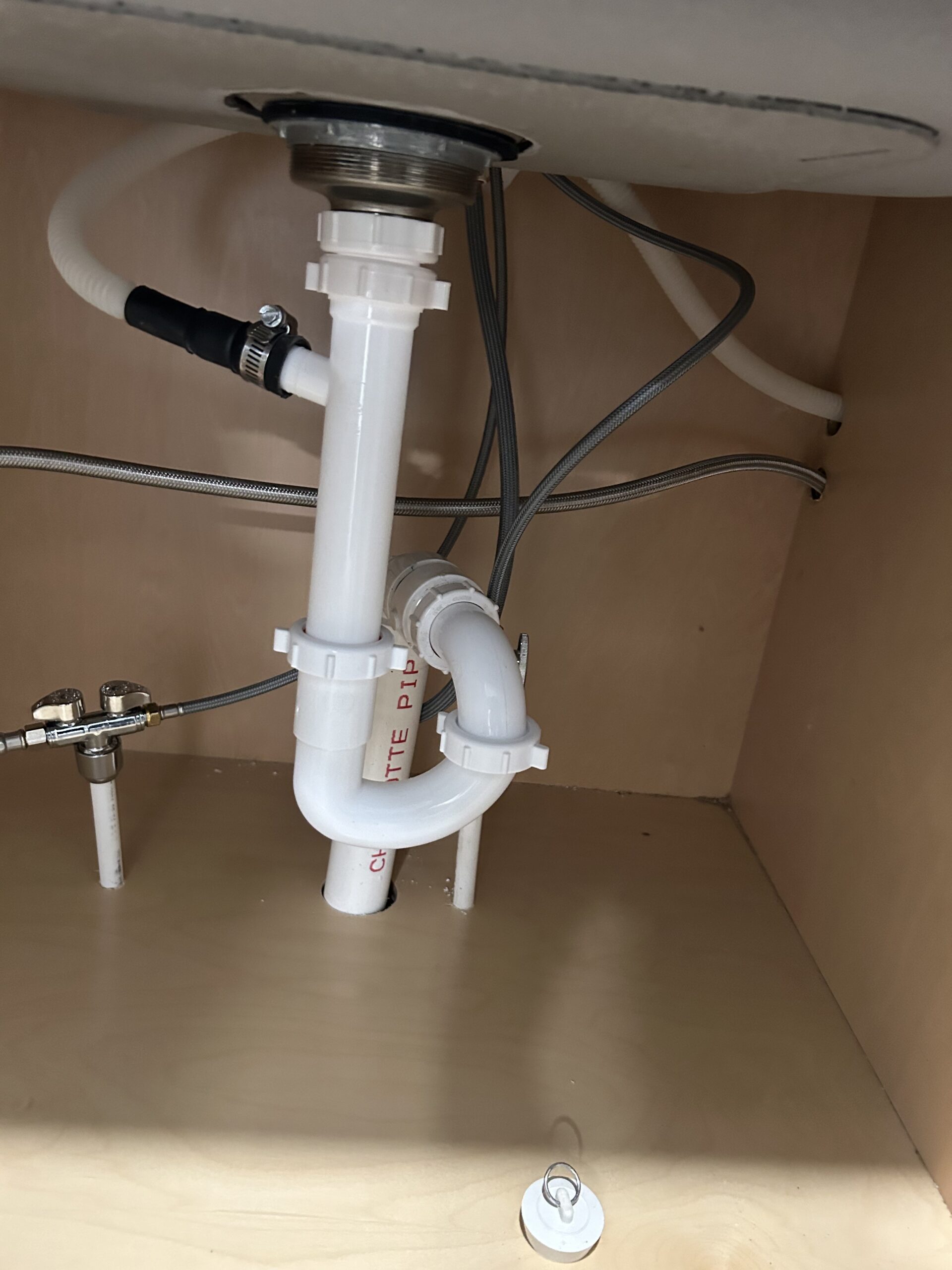
Commercial real estate can be a highly profitable investment, but financing these properties often comes with unique challenges. Traditional lending typically relies on personal income, credit history, and financial documentation, which may not fully reflect the income potential of a commercial property. This is where Debt Service Coverage Ratio (DSCR) loans provide a strategic advantage for investors and business owners.
DSCR loans evaluate a property’s ability to generate income rather than focusing solely on the borrower’s personal finances. For investors in office buildings, retail spaces, or multifamily complexes, these loans offer a practical and flexible path to commercial real estate financing.
What Is a DSCR Loan?
A DSCR loan is a type of financing that uses the Debt Service Coverage Ratio (DSCR) to assess the property’s ability to cover its debt obligations. The DSCR formula is:
DSCR = Net Operating Income (NOI) ÷ Total Debt Service
- DSCR = 1.0: The property generates just enough income to cover debt payments.
- DSCR > 1.0: Indicates the property generates more income than needed for debt payments, which is favorable to lenders.
- DSCR < 1.0: Shows the property’s income is insufficient, increasing lender risk.
Most lenders require a DSCR of at least 1.2, meaning the property produces 20% more income than its debt obligations. This buffer ensures the property can withstand vacancies, market fluctuations, and unexpected expenses.
Why DSCR Loans Are Ideal for Commercial Real Estate
Commercial properties often have complex cash flows that do not correlate directly with the borrower’s personal income. DSCR loans focus on property performance, which is particularly beneficial for:
- Multifamily Properties: Rental income from apartments or condos can secure financing independent of the owner’s salary.
- Office Buildings: Leases with stable tenants demonstrate predictable cash flow, meeting DSCR requirements.
- Retail Spaces: Revenue from established businesses or shopping centers is analyzed to ensure loan coverage.
- Mixed-Use Properties: DSCR loans consider combined income streams, making them flexible for diverse commercial investments.
How DSCR Loans Work for Commercial Properties
- Calculate Net Operating Income (NOI)
NOI is determined by subtracting operating expenses—such as property management, taxes, insurance, and maintenance—from the property’s gross income. - Determine Debt Service
The total monthly principal and interest payments for the loan are calculated. - Compute DSCR
Lenders divide NOI by debt service to find the DSCR. A ratio of 1.2 or higher typically qualifies the property for approval. - Loan Approval and Funding
Once the property meets DSCR requirements, the loan is approved, and funds are released for purchase, refinancing, or renovation of the commercial property.
Advantages of DSCR Loans for Commercial Investors
- Income-Focused Lending: Loans are based on the property’s ability to generate cash flow rather than the borrower’s personal income.
- Flexible Qualification: Ideal for investors with complex or irregular income sources.
- Portfolio Expansion: Enables investors to acquire multiple commercial properties using property-based cash flow.
- Diverse Property Types: Applicable to multifamily, office, retail, and mixed-use properties.
- Potentially Faster Approval: Less emphasis on personal income verification can streamline the application process.
Considerations and Challenges
- Down Payment Requirements: DSCR loans often require 20–30% down, depending on property type and lender.
- Interest Rates: Slightly higher than conventional loans to account for perceived risk.
- Strict Cash Flow Standards: Properties must meet or exceed the lender’s DSCR threshold to qualify.
- Limited Use for Owner-Occupied Properties: DSCR loans are primarily designed for investment-focused commercial properties.
Tips for Securing a DSCR Loan for Commercial Real Estate
- Maintain Accurate Financial Records
Document rental income, operating expenses, and lease agreements to provide precise NOI calculations. - Optimize Property Cash Flow
Reduce expenses, increase occupancy rates, and negotiate leases to improve DSCR. - Work With Experienced Lenders
Choose lenders familiar with commercial DSCR loans to navigate the application process efficiently. - Plan for Contingencies
Account for potential vacancies, maintenance, and market fluctuations to ensure long-term financial stability. - Use DSCR Loans Strategically
Leverage high-performing properties to secure additional financing and grow your commercial real estate portfolio.
Conclusion
DSCR loans provide a unique opportunity for investors seeking commercial real estate financing. By focusing on a property’s income-generating potential rather than personal financial documents, these loans make it easier to acquire, refinance, or expand commercial portfolios.


